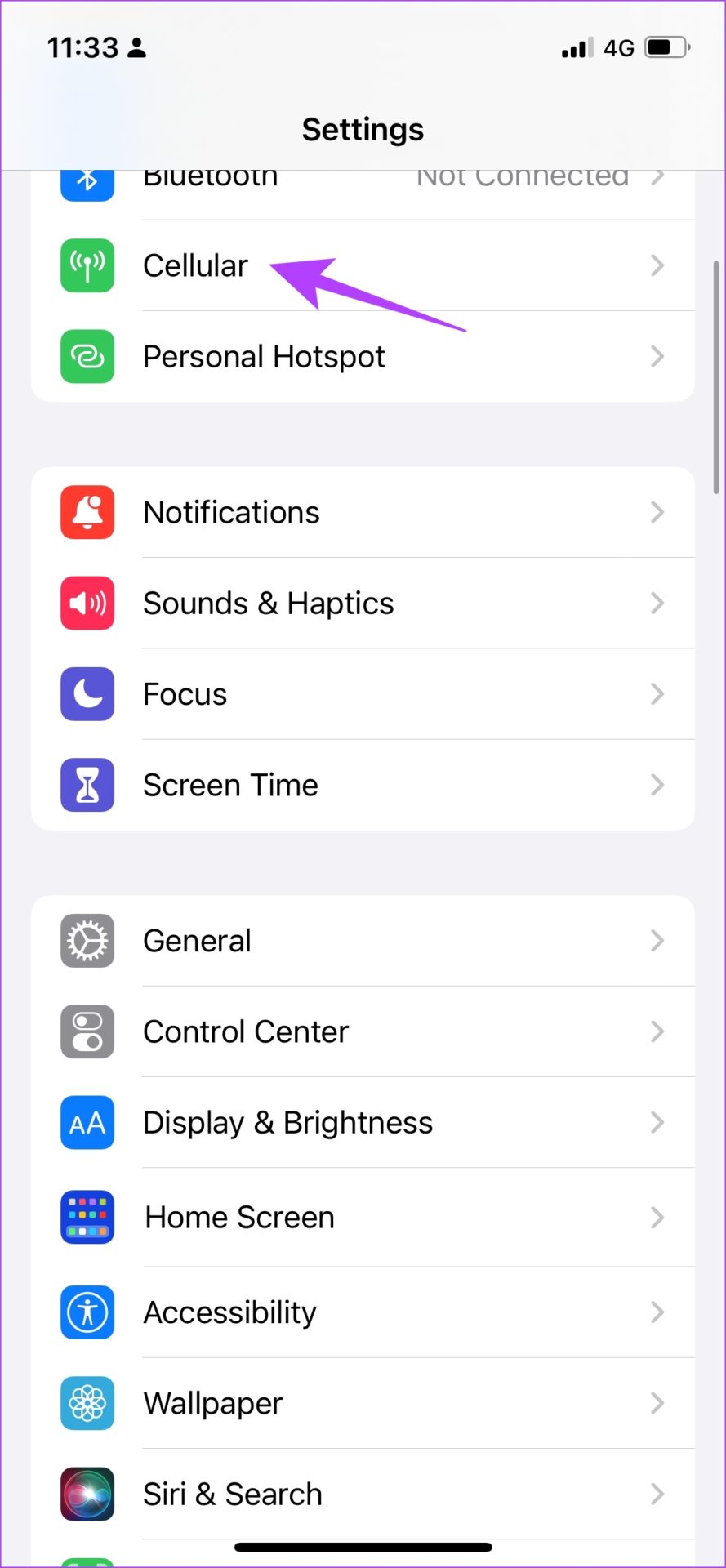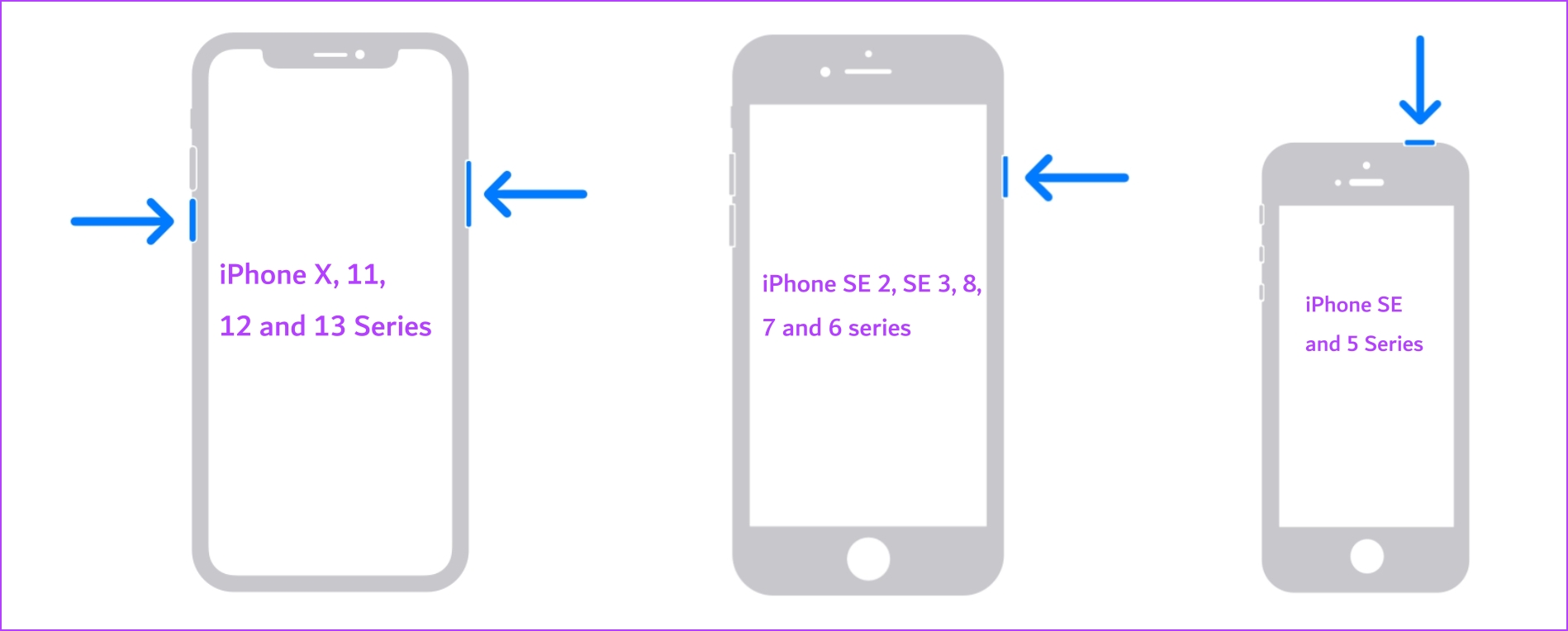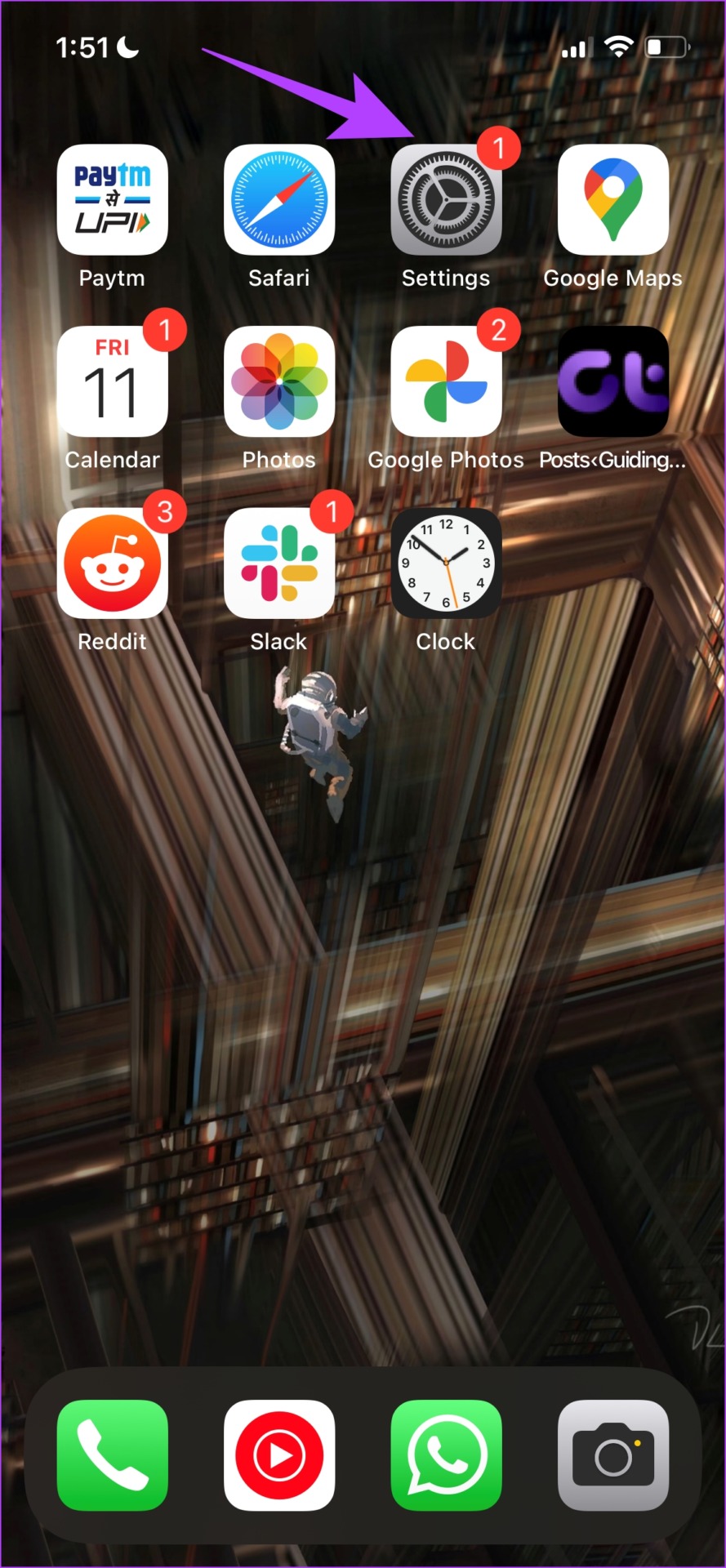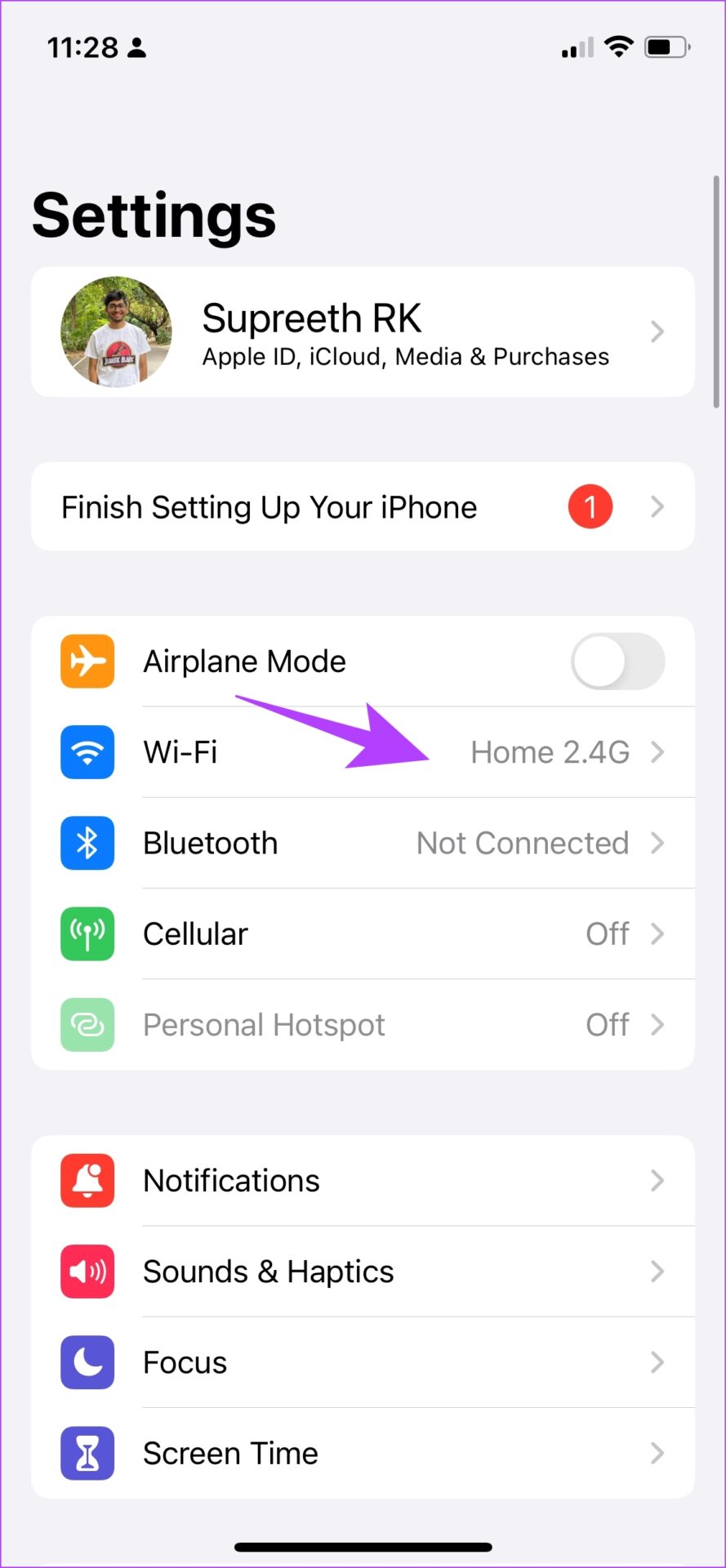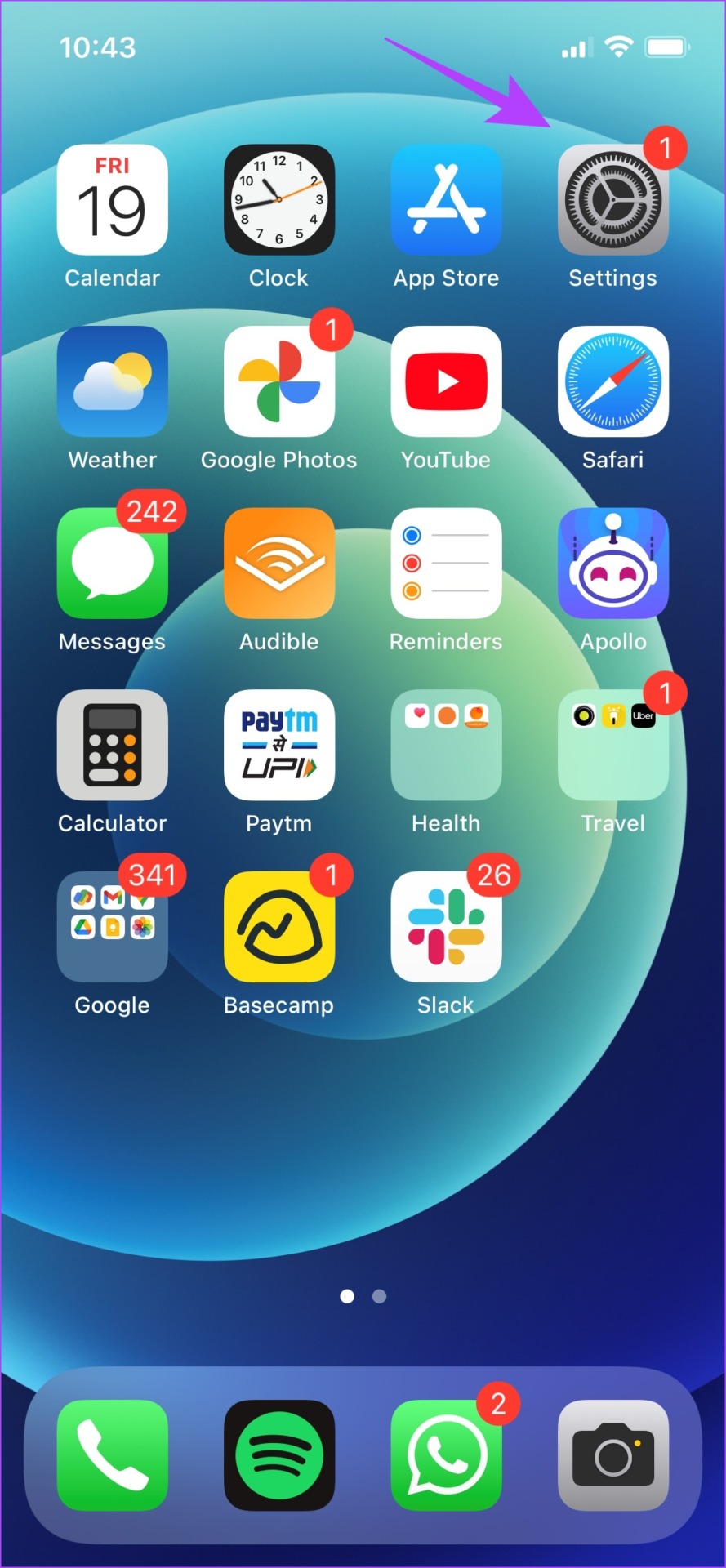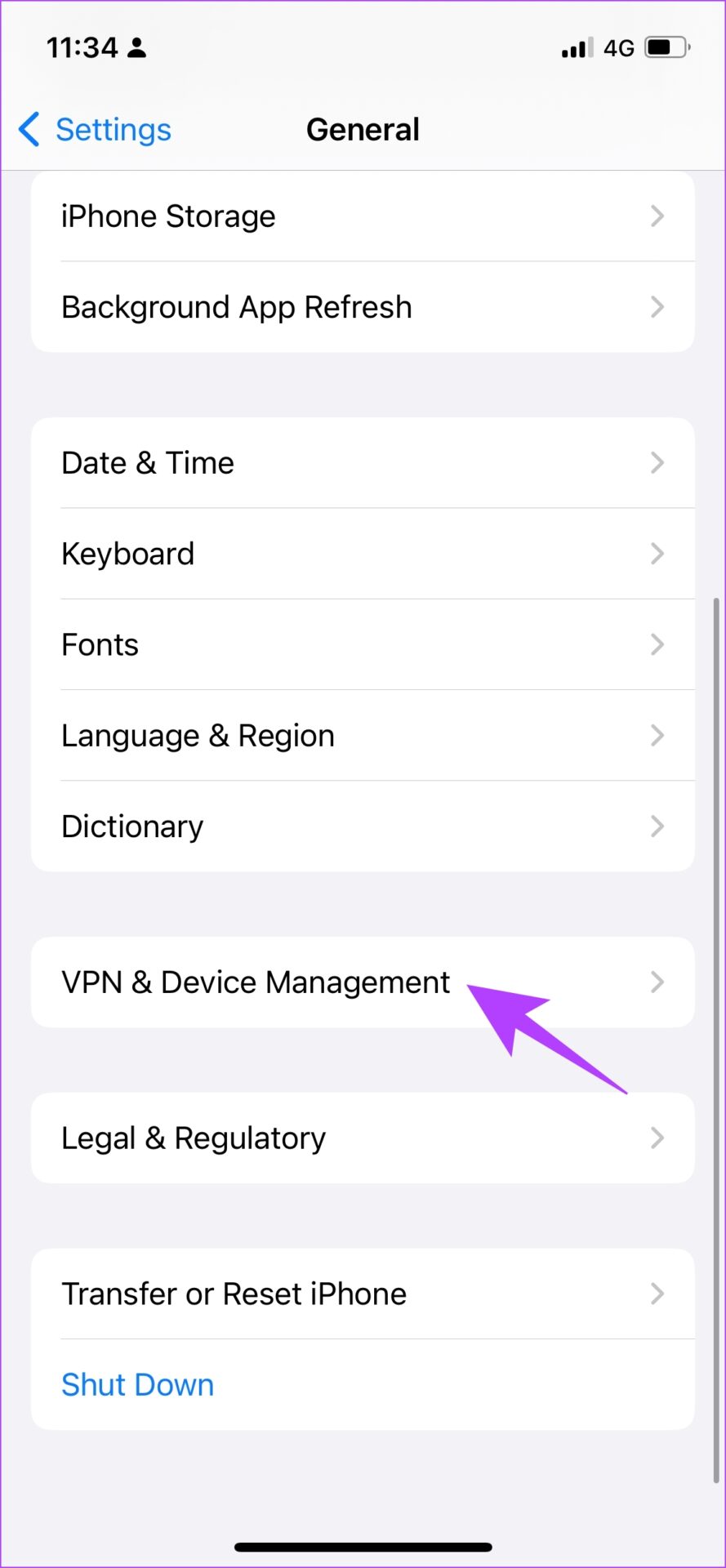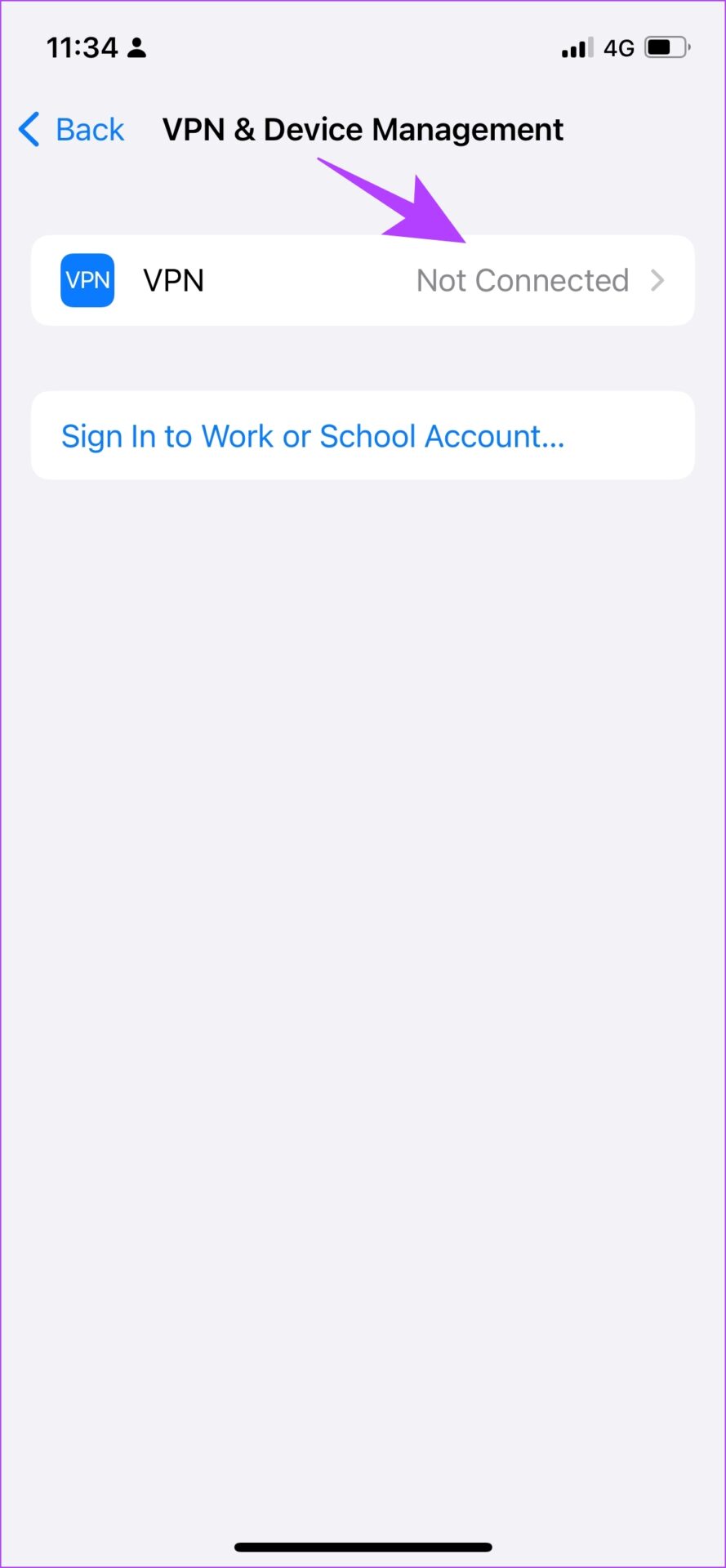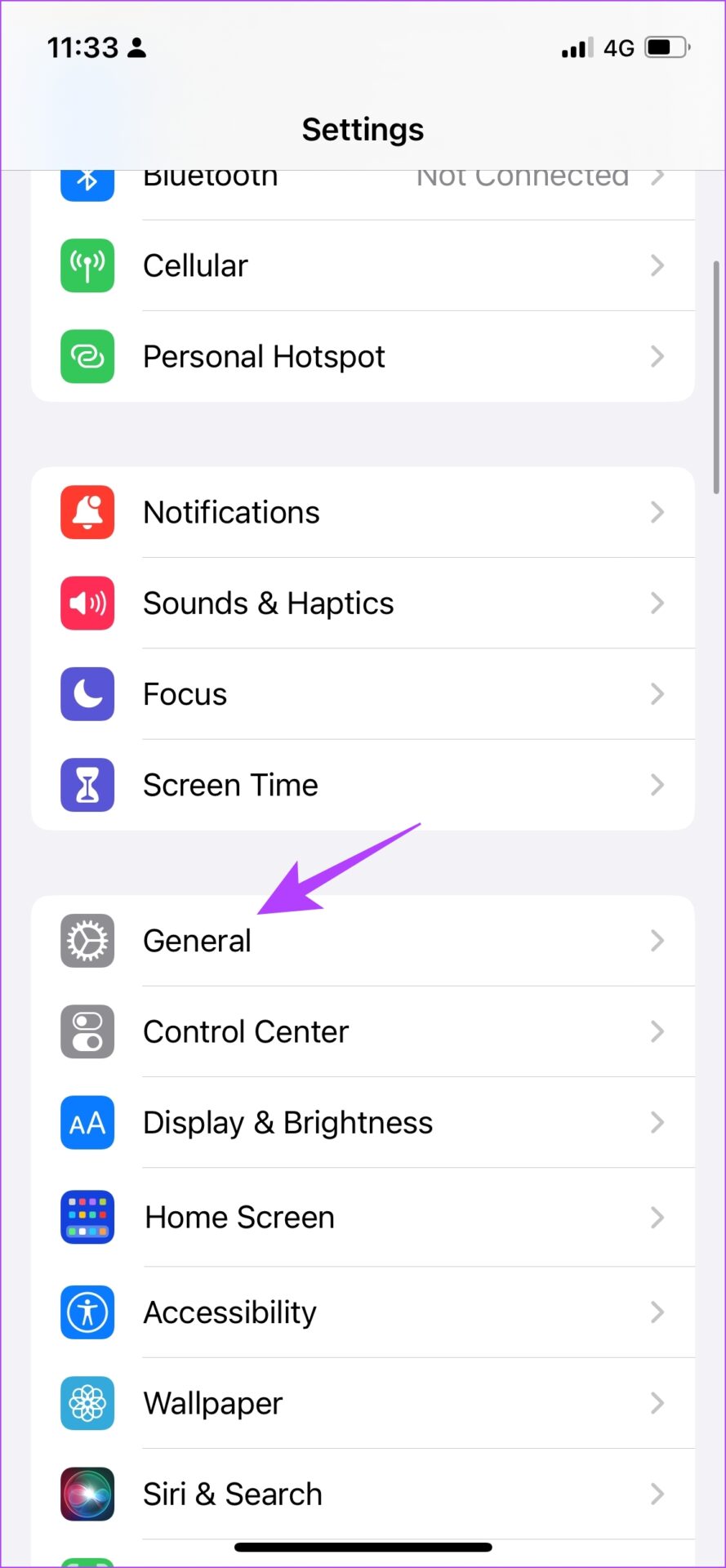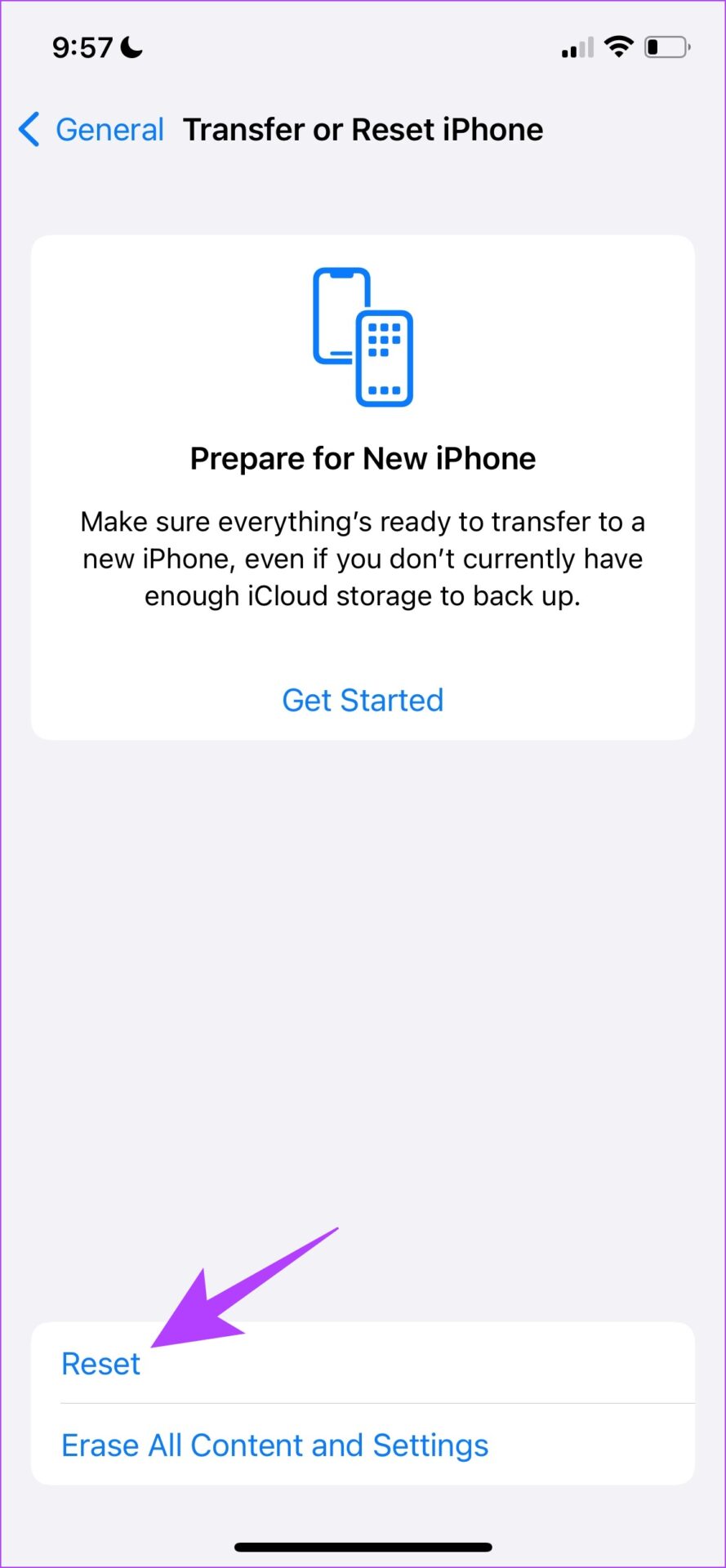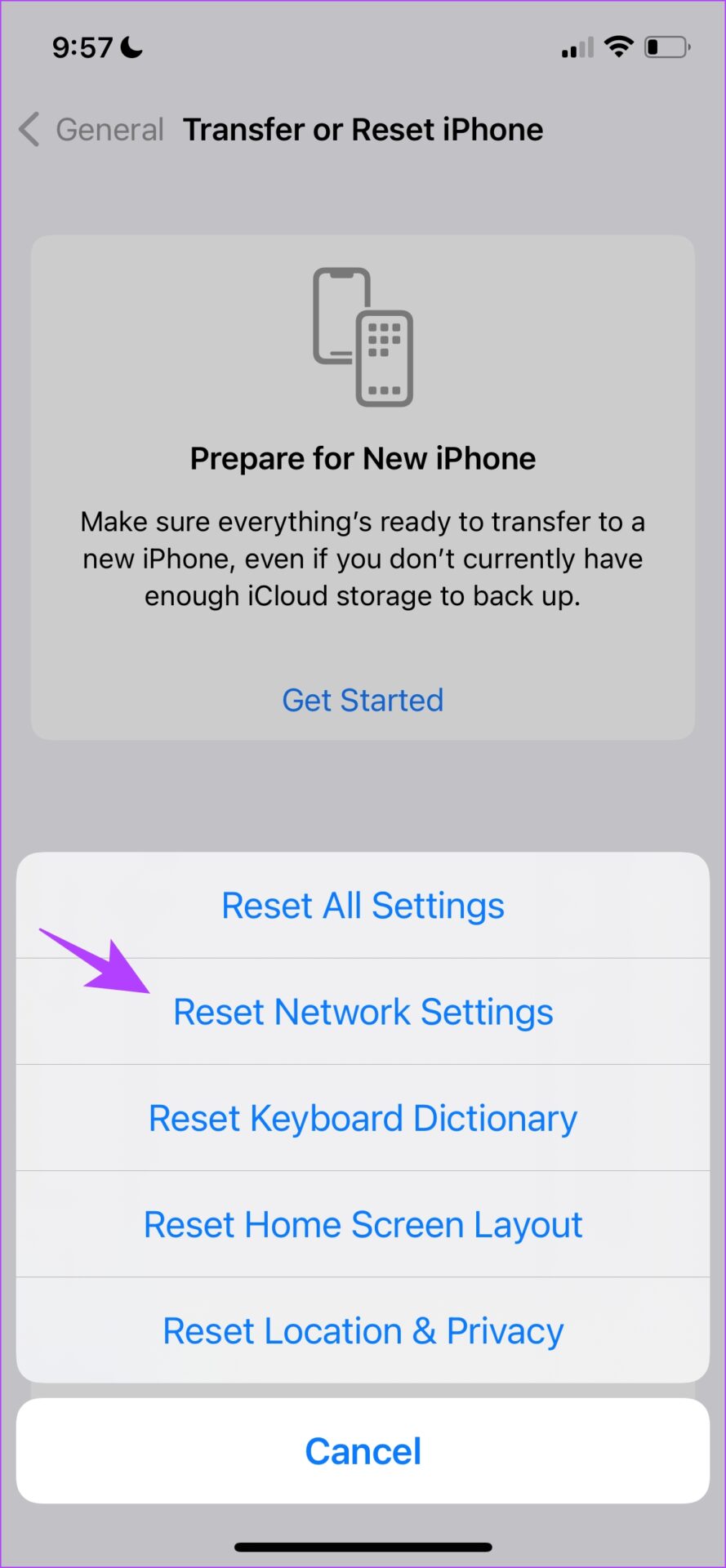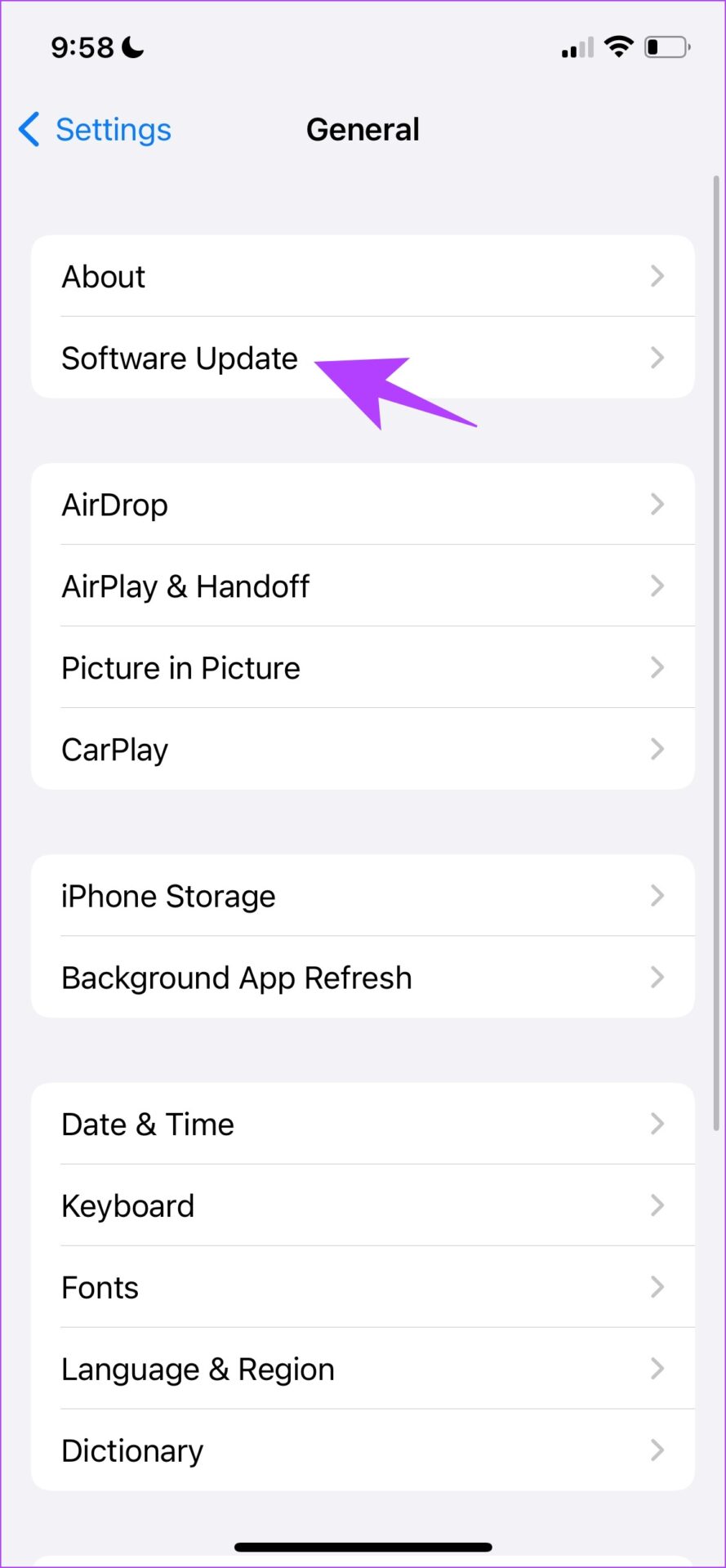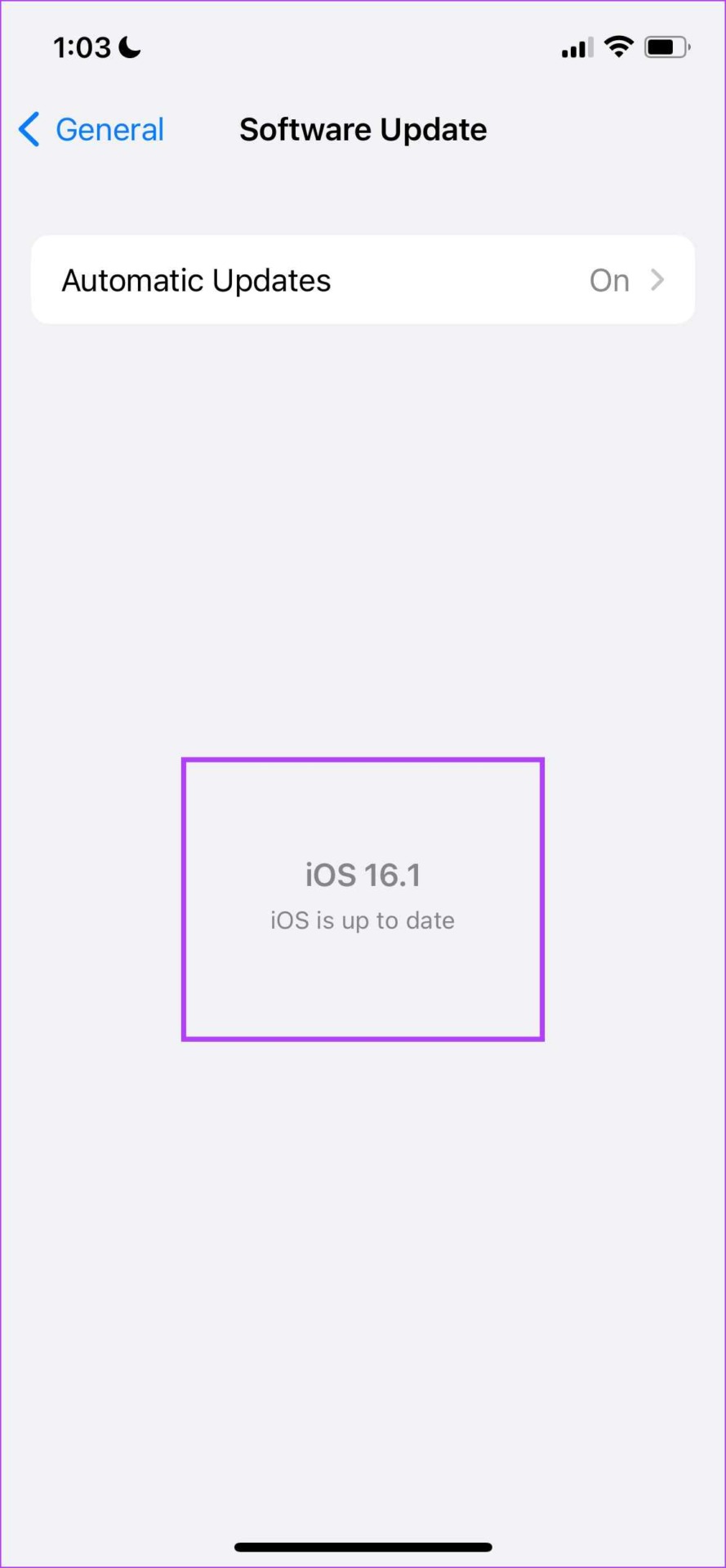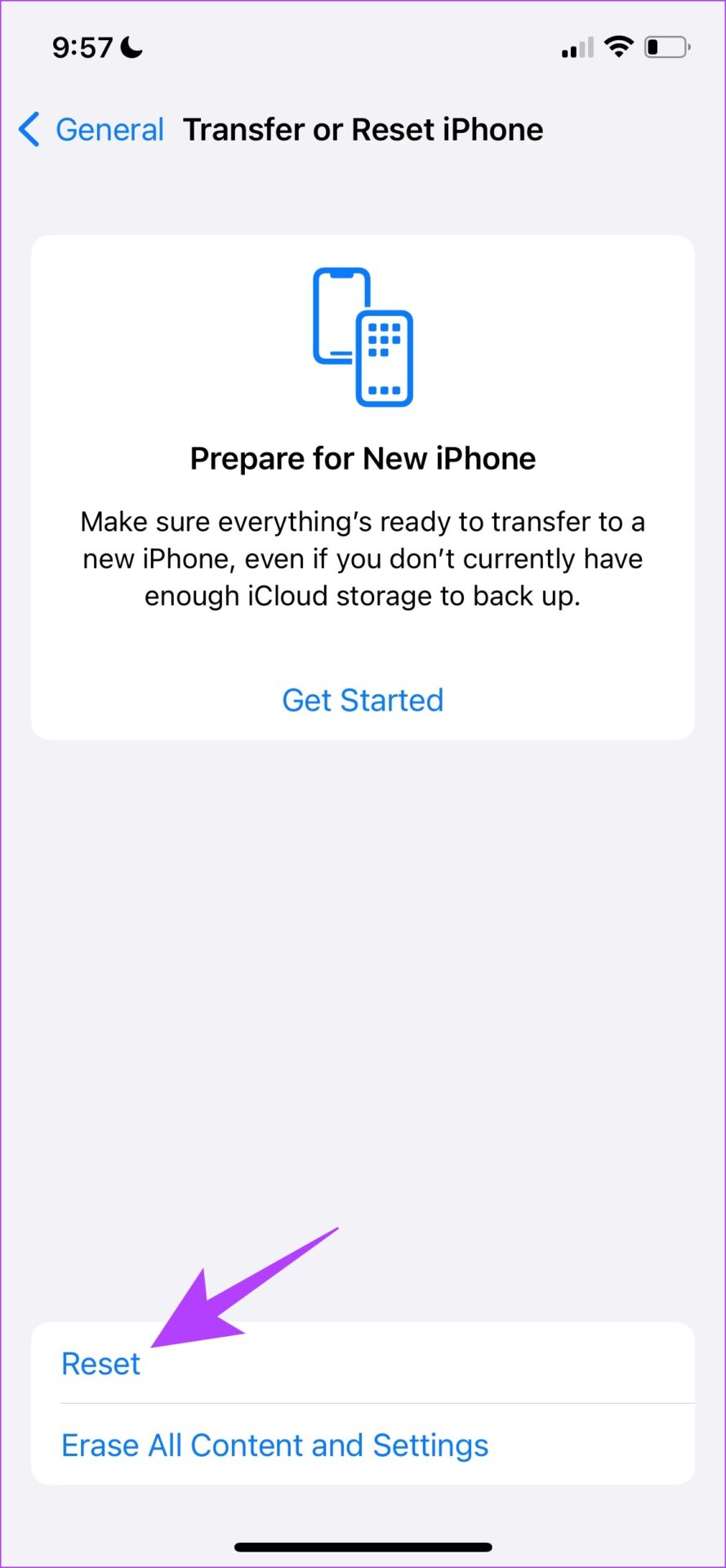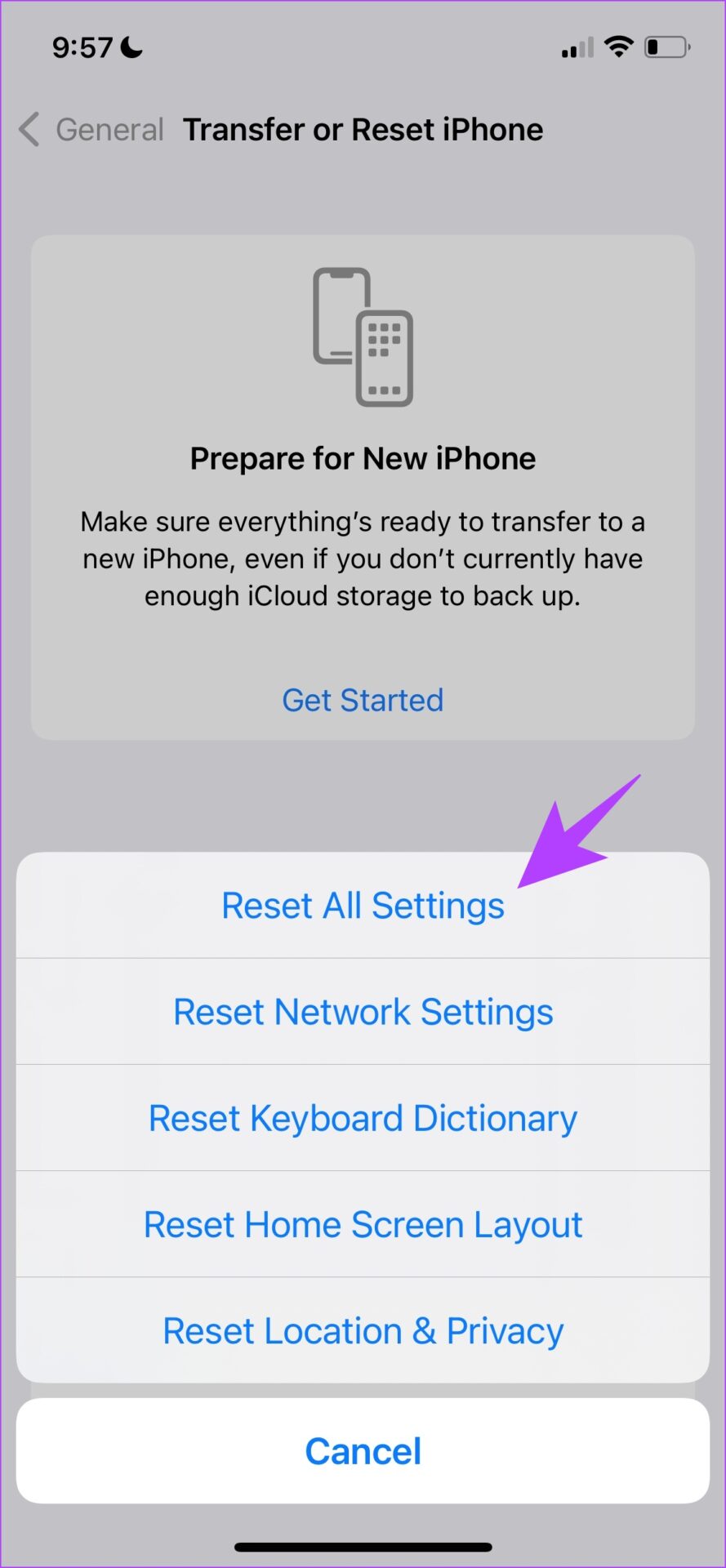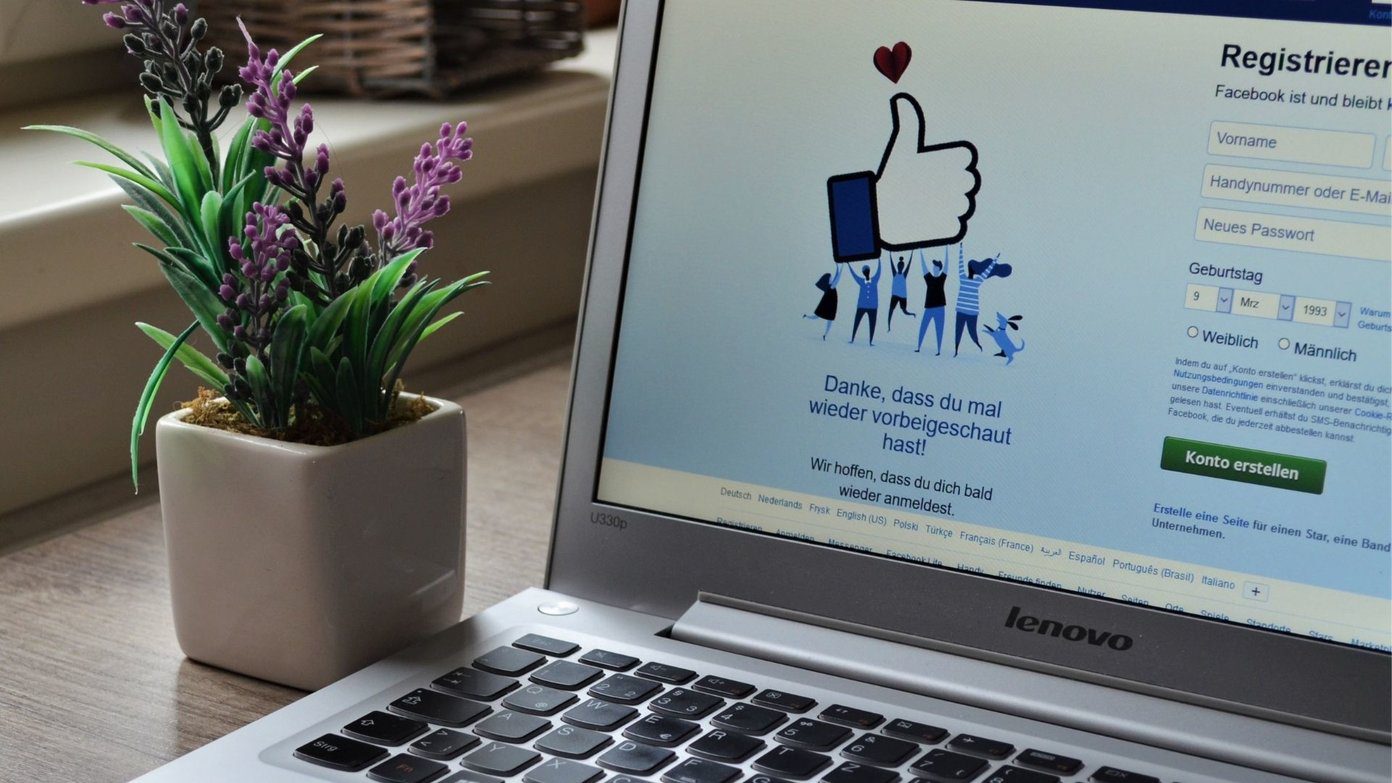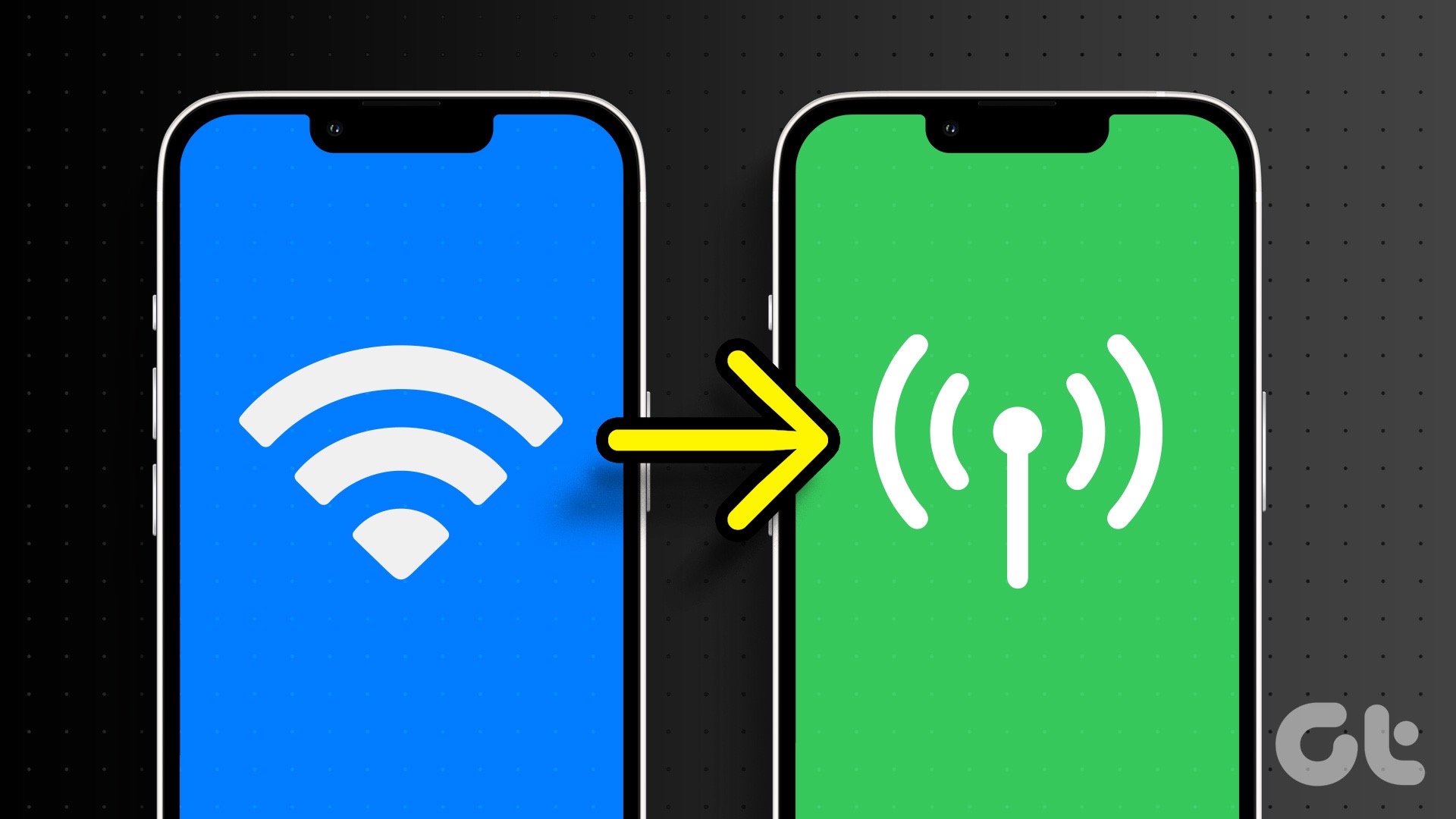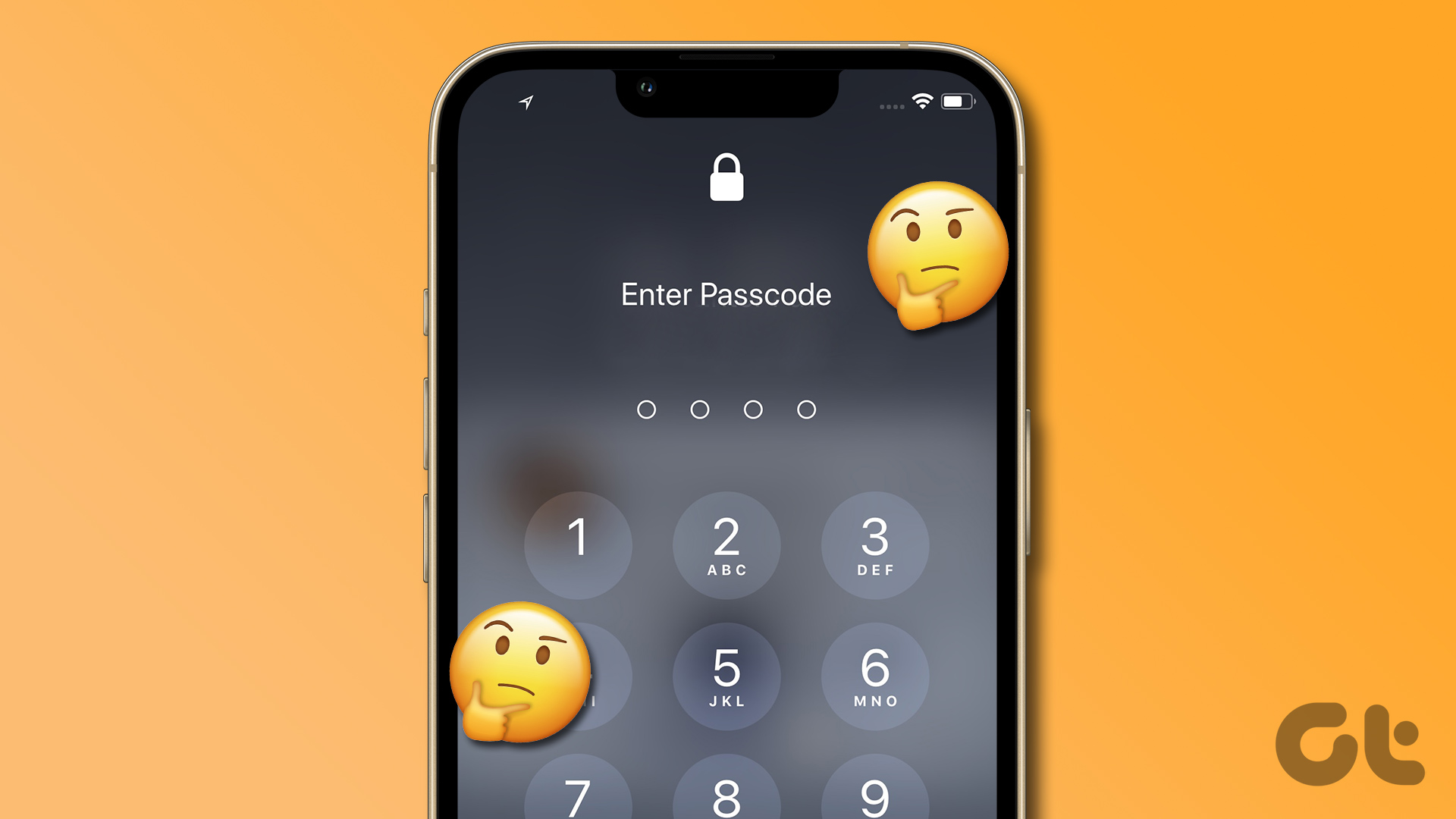Cellular data issues on iPhones could be due to poor network signal strength in your location or glitches on the network provider’s end. Other times, your phone is the culprit. We’ll explain that in detail in the very first section of the article followed by the troubleshooting tips to fix the issue. Note: If you use Wi-Fi, refer to our guide on fixing Wi-Fi-related internet connectivity issues on iPhone.
Why Is My Cellular Data Not Working on iPhone
There are various reasons why cellular data is not working on your iPhone. Let us take a look at some of the most common ones.
Your cellular plan might have expired. You are operating in a low network coverage zone. Cellular services may be affected by a bug. There may be a network misconfiguration on your iPhone. Your data usage might have exceeded the limits. You might be using airplane mode on your iPhone. The app you are using does not have access to cellular data. If you are trying to use 5G and it does not work, then your iPhone might not be compatible with 5G.
These are some of the reasons why cellular data is not working on your iPhone. However, pointing toward the exact reason might be difficult. Therefore, we have elaborated on all of these reasons and more with instructions to resolve them all. Let’s begin.
How to Fix iPhone Not Connecting to Internet via Cellular Data
Here are twenty tried and tested methods that you can use to troubleshoot the issue of mobile data not working on your iPhone. Let’s begin by simply trying to disable and enable cellular data on your iPhone.
1. Re-Enable Cellular Data
This is a trick that works pretty well most of the time. If cellular data is enabled on your iPhone, but there’s no internet, or perhaps you cannot use any internet-based apps, try disabling cellular data and enabling it again. That did work for me a couple of times when I had issues using cellular data on my iPhone. You should try it too. Step 1: Open Control Center on your iPhone.
On iPhone X and later: Swipe down from the top-right corner of the screen. On iPhone SE, iPhone 8, and older: Swipe up from the screen’s bottom.
Step 2: Tap on the mobile data icon to turn it off. Step 3: Tap it again after a few seconds to turn it back on.
2. Turn On and Off Airplane Mode
You could also use Airplane mode to restore cellular data to your iPhone. Turn on Airplane mode and turn it back off. That will help to refresh your device’s network and should get cellular data working again. Step 1: Open Control Center on your iPhone.
On iPhone X and later: Swipe down from the top-right corner of the screen. On iPhone SE, iPhone 8, and older: Swipe up from the screen’s bottom.
Step 2: Tap on the Airplane mode icon to turn it on. Step 3: After a few seconds, tap on the Airplane mode icon again to turn it off.
3. Check Signal Strength
Sometimes, the issue could be from your network carrier. If you are in an area or region where your network provider’s service isn’t available, the phone’s cellular data might not work. A good way to determine network availability is to check the network signal strength on your iPhone. You can do that by taking a cue from the network bars on your iPhone’s status bar, i.e., the top-right corner of your device. If there’s no active network bar, you might have difficulties using cellular data on your iPhone. The same might apply to having only one (out of four) active network bars. What you can do is move around the area to get better network reception. You could also call your carrier company to confirm the availability of network and data services in the region.
4. Check if Your Device is Compatible with 5G
If you are trying to enable 5G on your iPhone and it is not working, your iPhone may not be compatible with the latest 5G networks. Only if you are using an iPhone 12 or a newer iPhone, will you be able to use 5G on your iPhone.
5. Select the Right Network
If cellular data is not working on your iPhone, it is also possible that you are in a zone that usually does not have good network coverage. So, 5G on your iPhone or even 4G LTE may not work as expected. Try switching to a lower-tier network. While this significantly reduces your internet speed, we can at the very least conclude that this is what is causing the issue with cellular data on your iPhone. Step 1: Open the Settings app. Step 2: Tap on Cellular. Step 3: Tap on ‘Cellular Data Options’. Step 4: Try changing the default cellular data mode.
6. Eject the SIM card
If you are having issues using some SIM-dependent activities on your device, consider ejecting and reinserting your phone’s SIM card. For example, if you’re experiencing some weird phone call issues on your iPhone, this SIM card troubleshooting fix could help. You should also try this when cellular data is not working on your iPhone. Carefully pop the SIM card out of your device and put it back in. You should also ensure that the SIM card is inserted properly. Several iPhone users have successfully restored their device’s cellular data using this method.
7. Restart iPhone
This is another effective fix for an iPhone whose mobile data isn’t working. So, restarting your iPhone could help fix issues related to the phone or network that could be hindering the cellular data from working normally. Step 1: First, shut down your device.
On iPhone X and above Press and hold the volume down and the side button. On iPhone SE 2nd or 3rd gen, 7, and 8 series: Press and hold the side button. On iPhone SE 1st gen, 5s, 5c, or 5: Hold the power button at the top.
Step 2: Now, drag the power slider to turn off the device. Step 3: Next, turn on your device by pressing and holding the power button.
8. Disable Wi-Fi
iOS (and pretty much every other mobile operating system) is designed to prioritize wireless connectivity (Wi-Fi) over cellular connections. If both Wi-Fi and cellular data are enabled at the same time, your iPhone will automatically switch to using an active, previously-saved Wi-Fi network. Hence, if you wish to use cellular data, it’s best to disable Wi-Fi on your device. Here’s how: Step 1: Open the Settings app. Step 2: Tap on Wi-Fi. Step 3: Turn off the toggle for Wi-Fi.
9. Check Cellular Data Permission for the App
If mobile data is not working on a particular app, the app probably does not have permission to connect to the internet via cellular data. Here’s how to check the same. Step 1: Open the Settings app and tap on Mobile/Cellular Data. Step 2: You will now find a list of apps. Check if the toggle for cellular data is enabled for the app you’re trying to access.
10. Turn off Wi-Fi Calling
Wi-Fi calling may interfere with cellular data and can affect your internet connectivity. Therefore, try turning off Wi-Fi calling to check if cellular data is working properly on your iPhone. Step 1: Open the Settings app. Step 2: Tap on Cellular. Step 3: Tap on Wi-Fi calling. Step 4: Turn off the toggle for ‘Wi-Fi Calling on This iPhone’.
11. Turn off VPN
While VPN does a great job routing your internet traffic via a private server, it might slow down your cellular data and significantly affect the download speeds. Especially if you are not using a reliable VPN service. Therefore, we’d recommend turning off VPN when you are using cellular data. Step 1: Open the Settings app and select General. Step 2: Tap on ‘VPN & Device Management’. Step 3: Ensure that the status says ‘Not Connected’ meaning you are not connected to a VPN service.
12. Turn on Data Roaming
If you are out of your native network region and are unable to access cellular data, you might have to turn on data roaming. However, make sure you have an active internet roaming plan with your network provider so that you do not incur any extra monetary charges for using data roaming. Step 1: Open the Settings app. Step 2: Tap on Cellular (or Mobile Data). Step 3: Tap on ‘Mobile/Cellular Data Options’. Step 4: Turn on the toggle for data roaming.
13. Select Network Manually
By default, your iPhone will automatically search and register on the network as soon as you insert your SIM card. However, if your cellular data is not working on your iPhone, try to manually select the network on your iPhone. Step 1: Open the Settings app. Step 2: Tap on Cellular. Step 3: Tap on Network Selection. Step 4: Turn off the toggle for Automatic and select your carrier network manually.
14. Disable Hotspot
If you are using a personal hotspot on your iPhone, it can affect the cellular data speeds on your iPhone since it is being shared by other devices. Therefore, if you notice any issues with your cellular data and have your hotspot turned on, make sure you turn it off. Step 1: Go to Settings and tap on Personal Hotspot. Step 2: Turn off the toggle for ‘Allow Others to Join’.
15. Check the Date and Time
If your iPhone is operating on the wrong date and time, you may not be able to access many websites on the internet. This is because the date and time on the website’s safety certificate will not correlate with the date and time on your iPhone and you can’t access the internet. Step 1: Open the Settings app and select General. Step 2: Now, select ‘Date & Time’. Step 3: Turn on the toggle for ‘Set Automatically’.
16. Reset Network Settings
If some cellular network settings have been messed with or perhaps, improperly configured, cellular data might not work on your iPhone. Thankfully, this is easily fixable. By resetting network settings, you are simply instructing your device to revert all network-related settings to their original status. Note: Resetting network settings on an iPhone will also reset the settings of other non-cellular features like Wi-Fi, VPN, and Bluetooth. Refer to our detailed guide on resetting your iPhone’s network settings. Step 1: Open the Settings app. Step 2: Tap on General. Step 3: Tap on ‘Transfer or Reset iPhone’. Step 4: Tap on Reset. Step 5: Now, tap on ‘Reset Network Settings’.
17. Update iOS
The cellular network issue could be due to a bug present in the iOS version installed on your device. Some iPhone users reported that they noticed cellular data stopped working properly on their devices right after they upgraded to a newer iOS version. If cellular data isn’t working on your iPhone, ensure you have the latest version of iOS installed on your device. Step 1: Open the Settings app and open General. Step 2: Select Software Update. Step 3: Ensure you are running the latest version of iOS. If not, you will get an option to ‘Download & Install’ the update. Tap on it. Note: While you’re at it, also update carrier settings. Go to Settings > General > About. If an update is available, you’ll see a pop-up for the same.
18. Reset iPhone
Resetting your iPhone will return all of the configurations on your iPhone to their default states and can possibly erase a bug that is causing issues affecting the cellular data on your iPhone. This means that all your location, home screen layout, privacy settings, and more will be back to default. Here’s how to do it. Step 1: Open the Settings app. Step 2: Tap on General. Step 3: Tap on ‘Transfer or Reset iPhone’. Step 4: Tap on Reset. Step 5: Now, tap on ‘Reset All Settings’ to reset your iPhone or iPad.
19. Contact Your Network Service Provider
If none of the above methods are working, you can try to contact your carrier service provider. They will help you diagnose the issue. There might be a maintenance issue causing downtime for that particular carrier in your region. Further, there are also chances that your SIM card may be damaged. Or, your plan might have expired. Therefore, it is best to speak to a customer support executive from your network service provider.
20. Contact Apple Customer Service
Lastly, if nothing helps you may head to Apple customer support. There are chances that your cellular connectivity modules and modems either need a repair or a replacement. If you talk to your network service provider and there seems to be no issue at their end, you may also be directed to Apple’s customer support to check issues with your iPhone.
Fix Connection Woes
At this point, we’re certain that cellular data is now working on your iPhone. It is also worth noting that extreme weather conditions like heavy rain, lightning, snow, or ice could interfere with mobile phone signals and consequently cause cellular data not to work on your iPhone. The above article may contain affiliate links which help support Guiding Tech. However, it does not affect our editorial integrity. The content remains unbiased and authentic.







